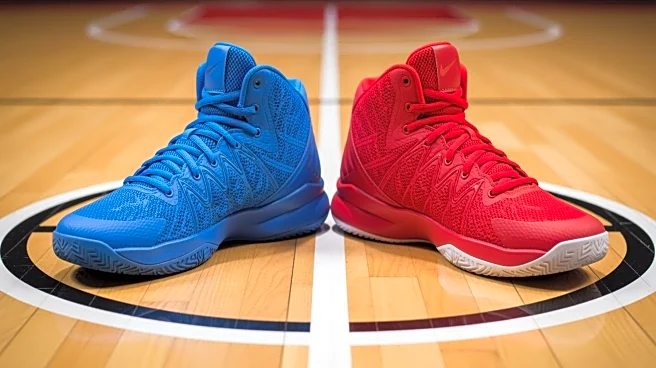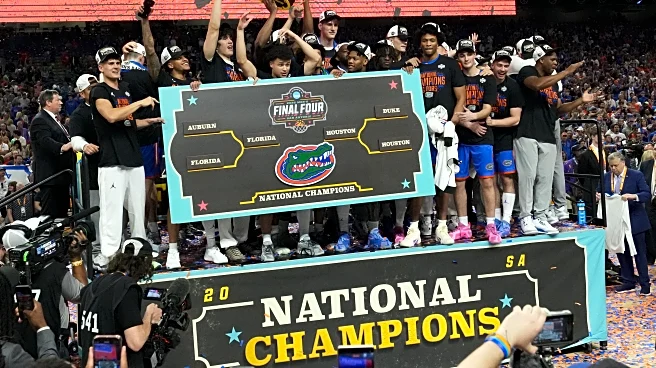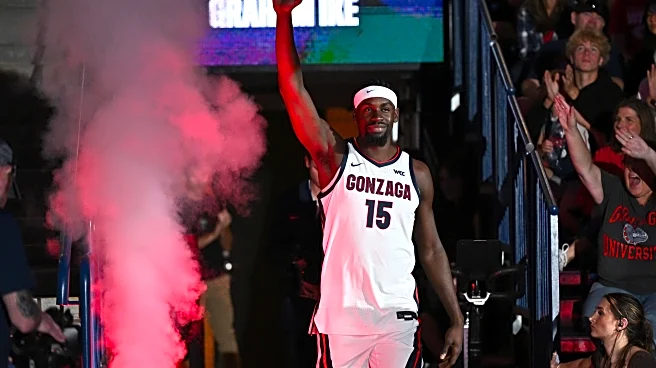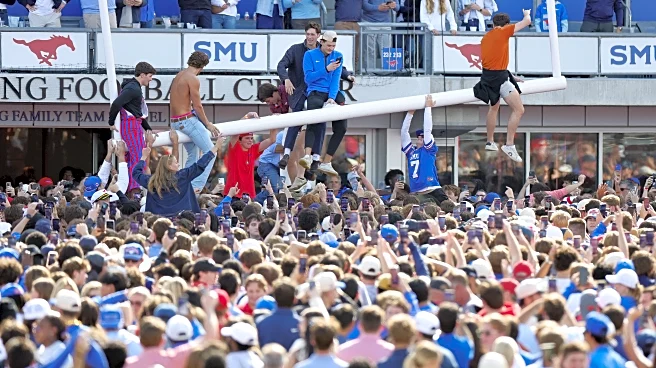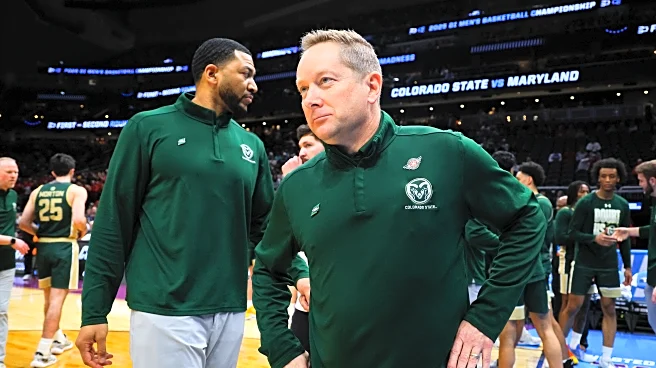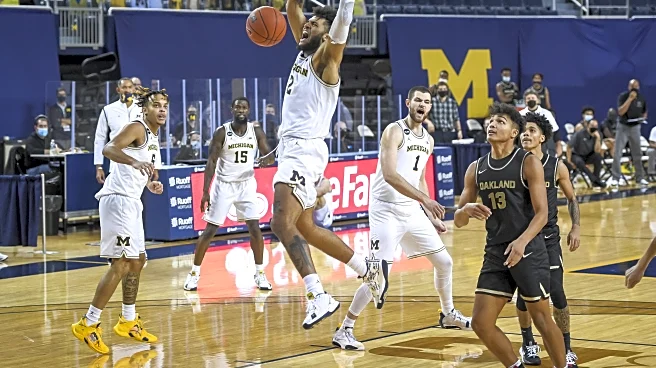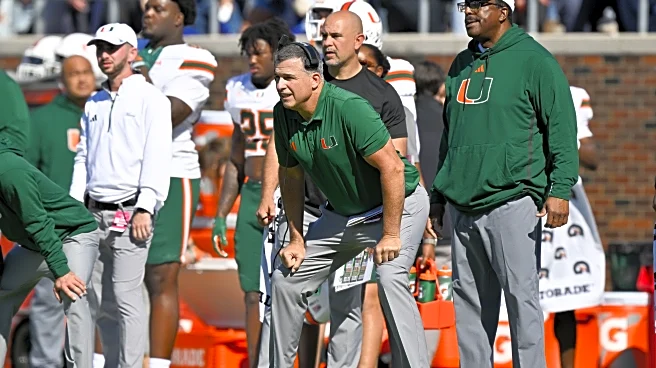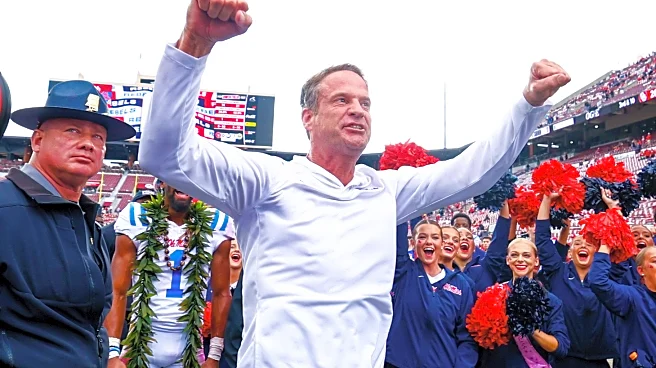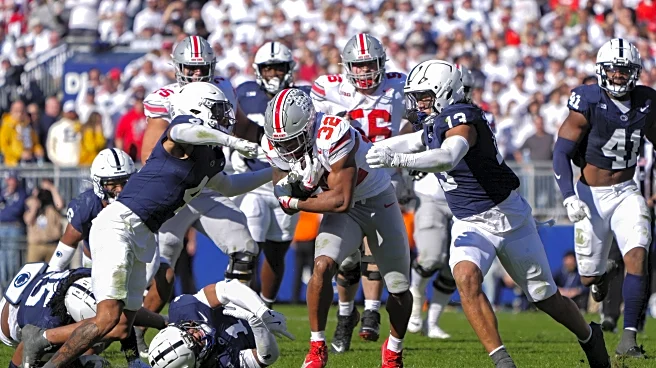What's Happening?
The upcoming college basketball season is set to be significantly influenced by a wave of high-impact transfers. Over 2,320 men's basketball players entered the transfer portal in 2025, with several standout
athletes moving to new programs. Notable transfers include P.J. Haggerty, who moves from Memphis to Kansas State, and Darrion Williams, who transitions from Texas Tech to NC State. Other key players include Bennett Stirtz, who follows his coach to Iowa, and Yaxel Lendeborg, who joins Michigan from UAB. These players are expected to bring their impressive stats and accolades to their new teams, potentially altering the competitive landscape of college basketball.
Why It's Important?
The influx of talented transfers is poised to reshape the dynamics of college basketball, offering teams the opportunity to bolster their rosters with experienced players. This trend reflects a broader shift in college sports, where the transfer portal has become a critical tool for teams to quickly rebuild and enhance their competitiveness. Programs like Kansas State, NC State, and Michigan stand to gain significantly from these additions, potentially improving their standings and performance in the upcoming season. The movement of these players also highlights the increasing fluidity and strategic maneuvering within college athletics, as teams seek to capitalize on available talent to achieve success.
What's Next?
As the season approaches, teams will integrate these new players into their systems, aiming to maximize their impact on the court. Coaches will focus on developing chemistry and cohesion among returning players and new transfers. The performance of these transfers will be closely watched, as their success could influence future recruiting and transfer strategies. Additionally, the NCAA may continue to evaluate the implications of the transfer portal on college sports, potentially leading to further regulatory adjustments.
Beyond the Headlines
The rise of the transfer portal raises questions about the traditional college sports model, where player loyalty and long-term development within a single program were once the norm. This shift could have long-term implications for player development, team dynamics, and the overall competitive balance in college basketball. Ethical considerations regarding player movement and the impact on student-athletes' academic experiences may also come to the forefront as the trend continues.
